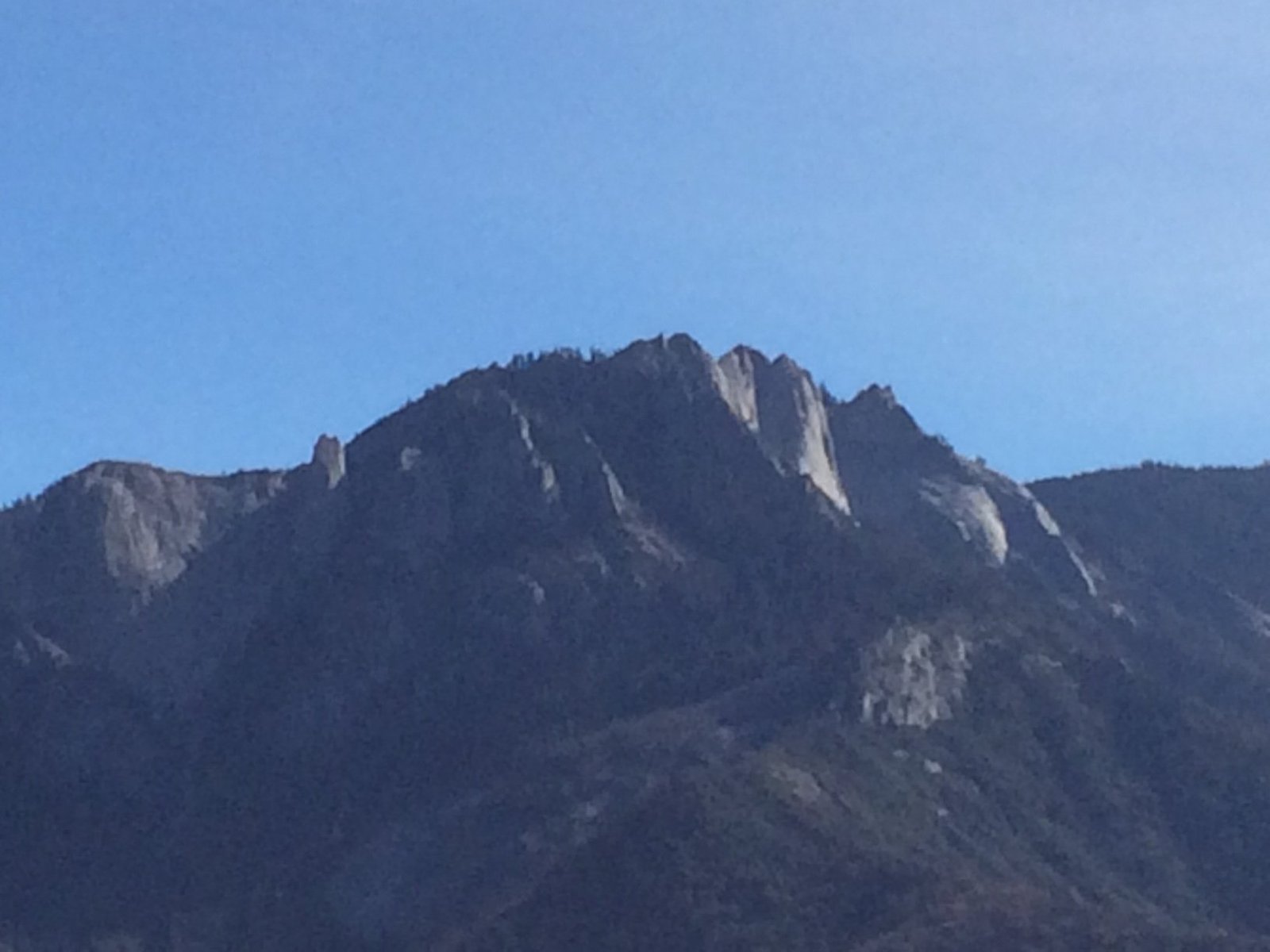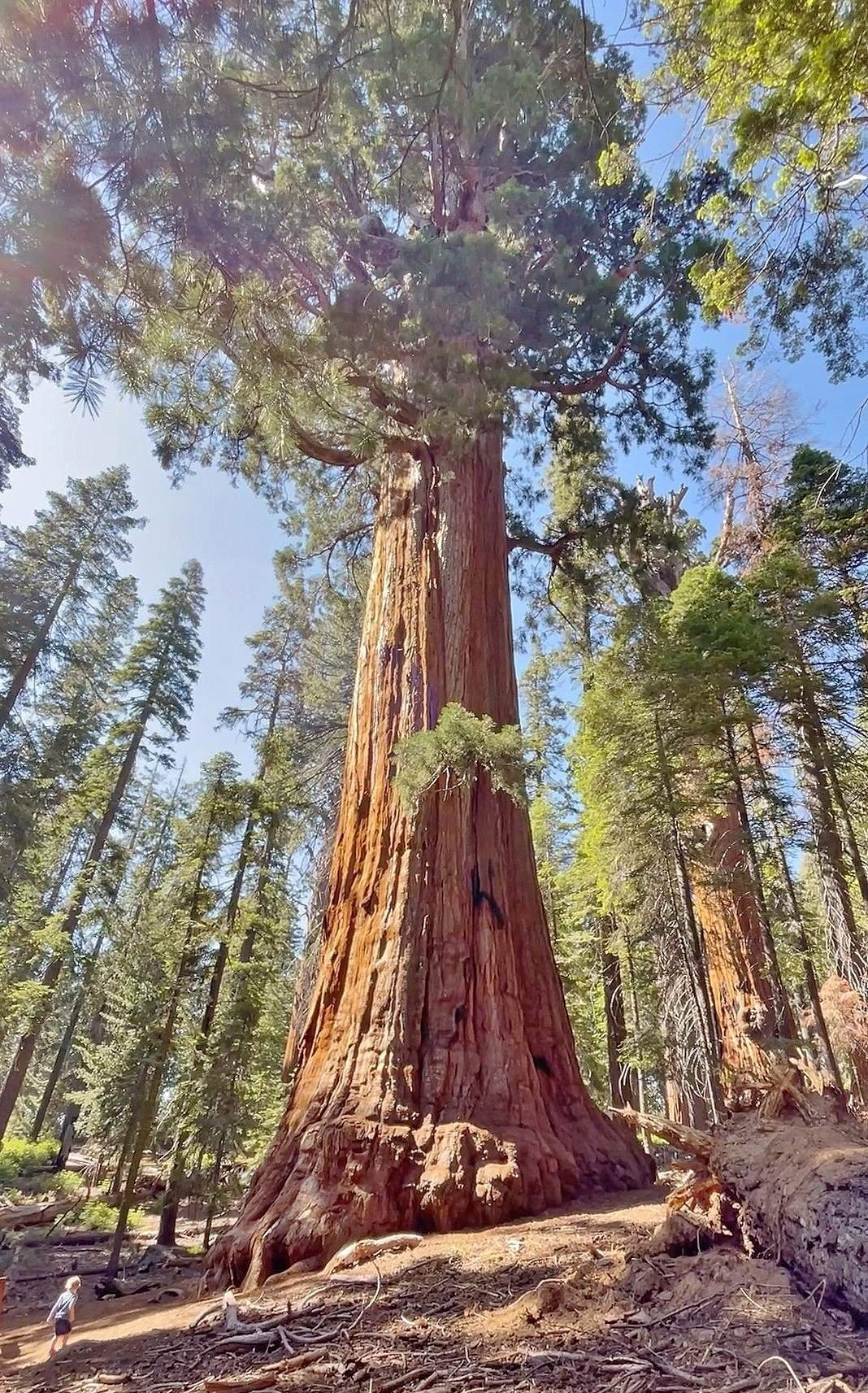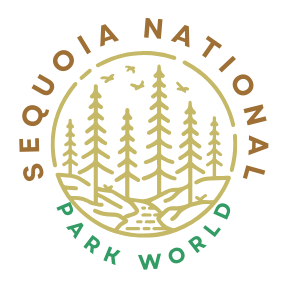Sequoia National Park offers breathtaking opportunities for one night backpacking adventures. From towering sequoias to pristine alpine lakes, the park’s diverse landscapes provide an unforgettable experience for outdoor enthusiasts. This guide covers essential information on permits, trail options, camping locations, and logistics for planning your perfect one night backpacking trip in Sequoia National Park.
What Are the Permit Requirements for One Night Backpacking in Sequoia National Park?

To embark on a one night backpacking trip in Sequoia National Park, you’ll need to obtain a wilderness permit. Here’s what you need to know:
- Reservation Process:
- Create an account on Recreation.gov
- Check availability for your desired dates
-
Make a reservation between 6 months and 1 week before your entry date
-
Permit Fees:
- $15 per permit
-
Additional $5 per person
-
Quota Season:
- Typically runs from the Friday before Memorial Day to the second Saturday before Labor Day
-
Daily entry quotas apply during this period
-
Walk-Up Permits:
- Available starting at 1:00 PM the day before your trip
-
Subject to availability if quotas are not filled
-
Permit Pickup:
- Must be picked up in person at the designated trailhead desk
- Bring proof of identity and your entire party for the wilderness orientation
Which Trails Are Best for a One Night Backpacking Trip?

Sequoia National Park offers several excellent trails suitable for a one night backpacking adventure. Here are three top options:
- Alta Peak Trail
- Length: 13 miles round trip
- Elevation Gain: 4,000 feet
- Hiking Time: 7-9 hours
-
Highlights: Panoramic views, Alta Meadow access
-
Heather Lake Trail
- Length: 8 miles round trip
- Elevation Gain: 2,000 feet
- Hiking Time: 4-6 hours
-
Highlights: Scenic lake, meadows, surrounding peaks
-
Mineral King to Eagle Lake Trail
- Length: 7.5 miles round trip
- Elevation Gain: 2,000 feet
- Hiking Time: 4-6 hours
- Highlights: Eagle Lake, scenic meadows, Mineral King area
Where Can You Camp Overnight in Sequoia National Park?
For your one night backpacking trip, consider these designated camping locations:
| Camping Location | Amenities | Reservation Requirements | Proximity to Trailheads |
|---|---|---|---|
| Alta Meadow | Primitive camping, water sources | Wilderness permit required | Accessible via Alta Peak Trailhead |
| Heather Lake | Primitive camping, water sources | Wilderness permit required | Accessible via Heather Lake Trailhead |
| Eagle Lake | Primitive camping, water sources | Wilderness permit required | Accessible via Mineral King to Eagle Lake Trailhead |
How Do You Plan for Transportation and Parking?
When planning your one night backpacking trip to Sequoia National Park, consider the following logistics:
- Accessibility:
- West side: Accessible via Highways 180, 198, and 245
-
East side: Accessible via Highway 395 (through John Muir Wilderness)
-
Parking Options:
- Available at various trailheads
-
Limited spaces; arrive early to secure a spot
-
Transportation:
- Personal vehicles recommended
- Limited public transportation options
-
Consider shuttle services from nearby towns
-
Seasonal Considerations:
- Check road conditions, especially in winter
- Be aware of seasonal road closures
What Should You Pack for a One Night Backpacking Trip?
Proper packing is crucial for a successful one night backpacking trip in Sequoia National Park. Here’s a comprehensive packing list:
- Backpack (40-50 liters)
- Tent or lightweight shelter
- Sleeping bag (rated for expected temperatures)
- Sleeping pad
- Headlamp with extra batteries
- Water filter or purification system
- Water bottles or hydration bladder (capacity for at least 2 liters)
- Lightweight stove and fuel
- Cooking pot and utensils
- Food (dinner, breakfast, and snacks)
- Bear canister (required in most areas of the park)
- Map and compass (or GPS device)
- First aid kit
- Sun protection (hat, sunscreen, sunglasses)
- Insect repellent
- Warm layers (fleece, down jacket)
- Rain gear
- Hiking boots or sturdy trail shoes
- Extra socks
- Trekking poles (optional)
- Camera (optional)
- Personal hygiene items
- Toilet paper and trowel for catholes
How Can You Minimize Your Impact While Backpacking?
Practice Leave No Trace principles during your one night backpacking trip in Sequoia National Park:
- Plan ahead and prepare
- Travel and camp on durable surfaces
- Dispose of waste properly
- Leave what you find
- Minimize campfire impacts (use a stove for cooking)
- Respect wildlife
- Be considerate of other visitors
What Safety Precautions Should You Take?
Ensure a safe one night backpacking experience in Sequoia National Park by following these precautions:
- Bear Safety:
- Use bear canisters to store food and scented items
- Cook and eat away from your campsite
-
Never approach or feed wildlife
-
Weather Awareness:
- Check weather forecasts before your trip
-
Be prepared for sudden changes in mountain weather
-
Navigation:
- Carry a map and compass (and know how to use them)
-
Stay on designated trails
-
Water Safety:
- Always filter or purify water from natural sources
-
Carry enough water for your hike
-
Emergency Preparedness:
- Carry a first aid kit and know basic wilderness first aid
- Inform someone of your itinerary before departing
By following these guidelines and properly preparing for your one night backpacking trip in Sequoia National Park, you’ll be set for an unforgettable adventure in one of America’s most stunning natural landscapes.
References:
1. https://www.csusm.edu/rec/outdoor_adventures/resources/howto_backpacking_permits.html
2. https://www.youtube.com/watch?v=qxP_4BOQscA
3. https://www.sierrawild.gov/wilderness/sequoiakings-canyon/
